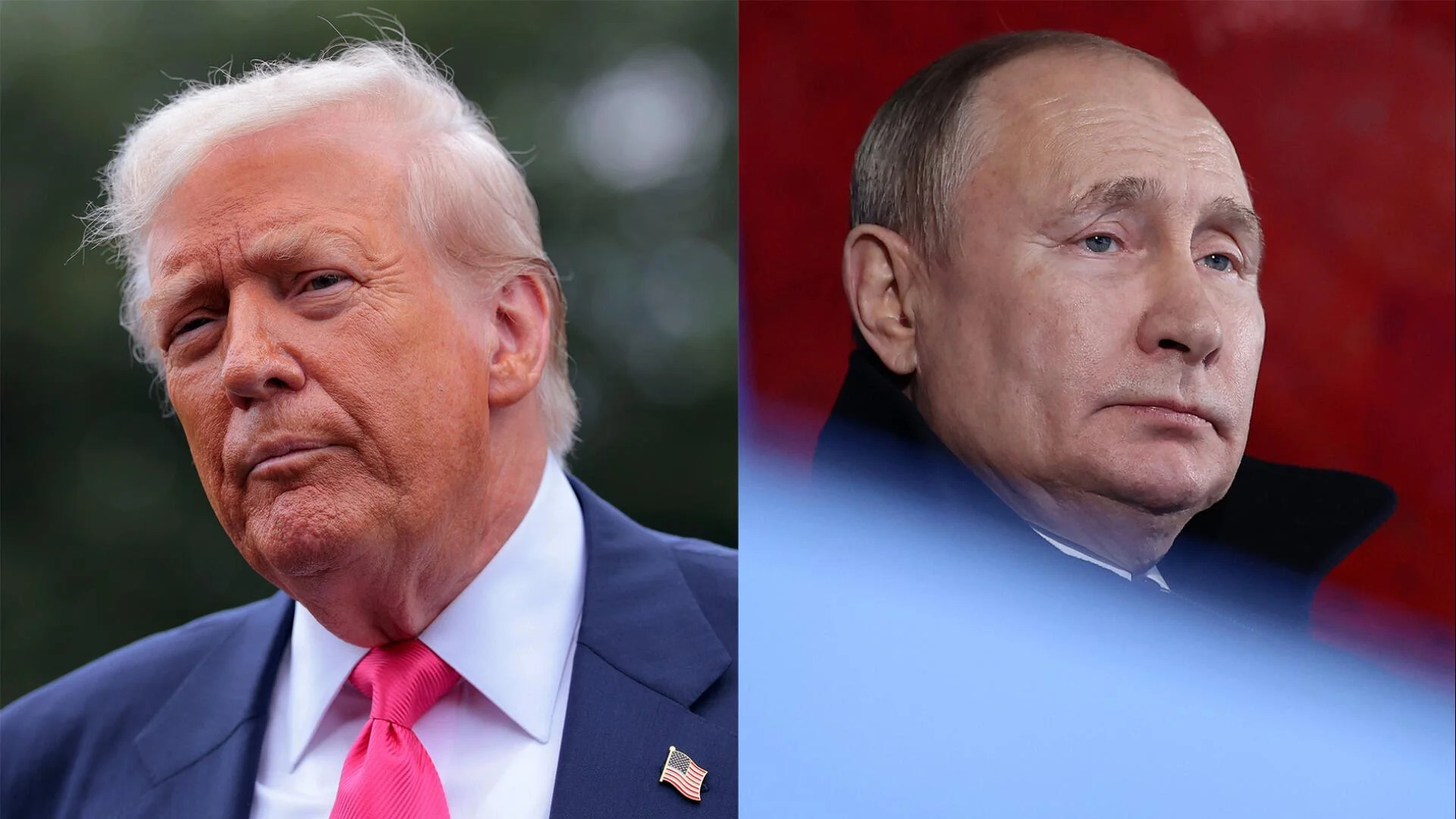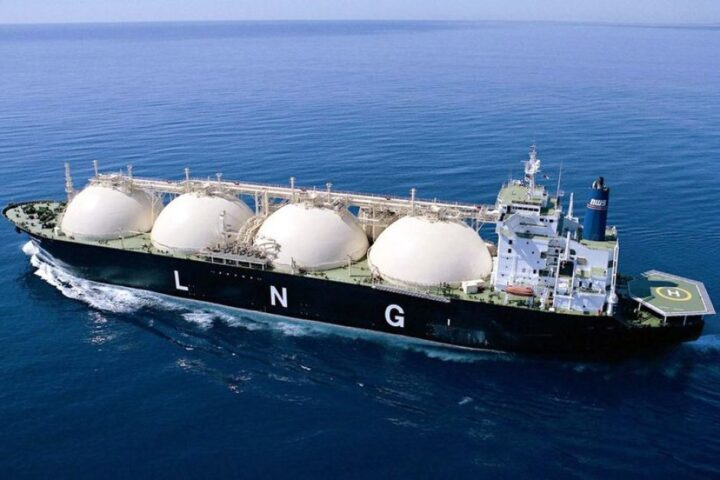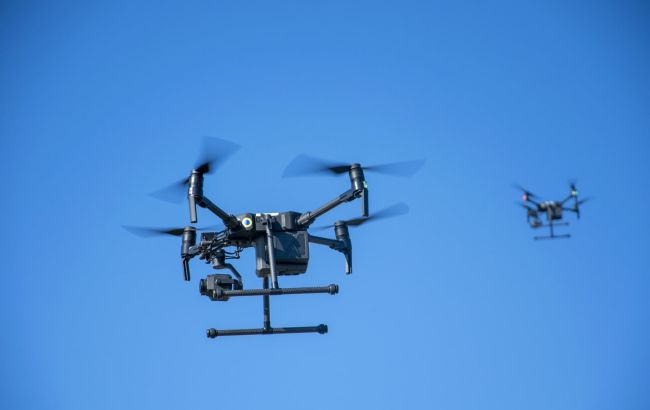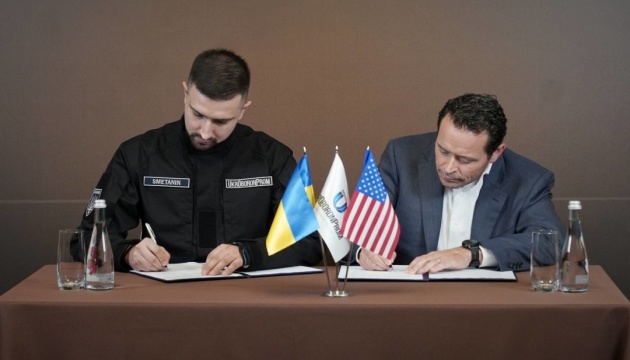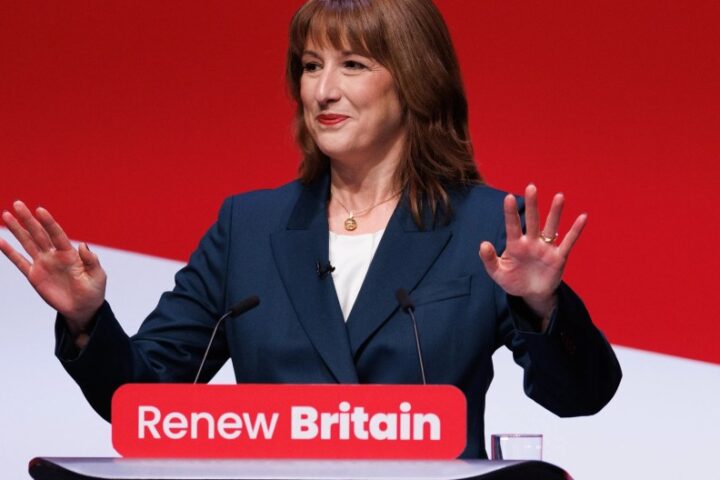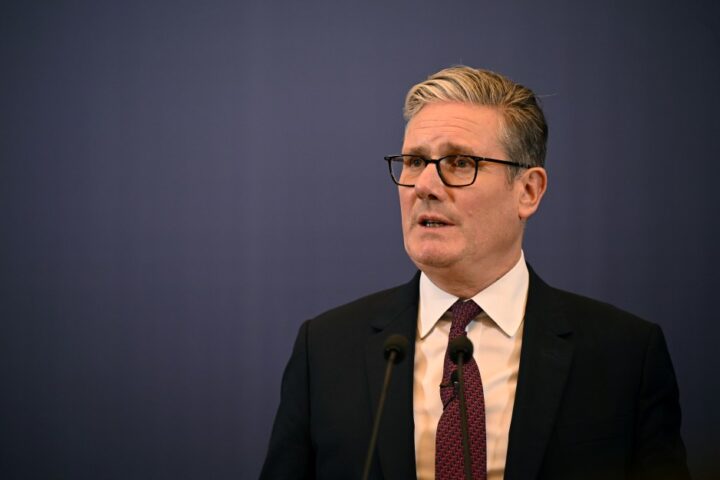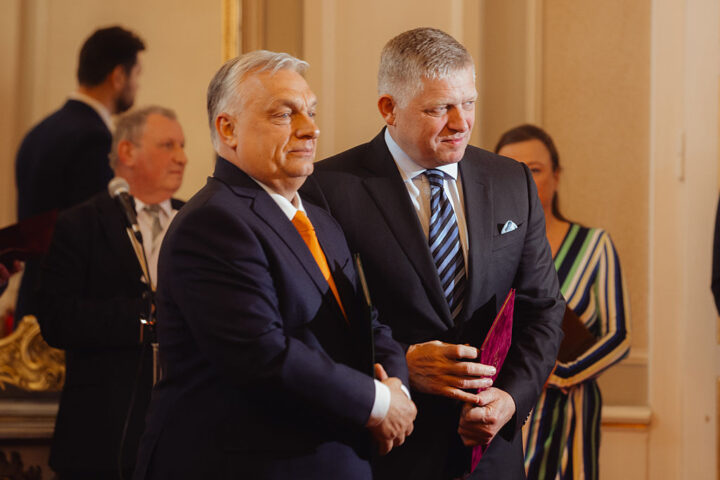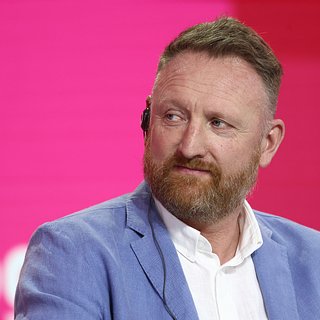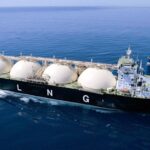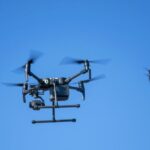On August 1, 2025, Russian President Vladimir Putin reiterated Moscow’s earlier conditions for ending the war in Ukraine, while notably ignoring recent U.S. pressure and failing to mention the deadly missile strike on Kyiv that killed over 30 people just a day prior. Speaking alongside Belarusian leader Alexander Lukashenko during a visit to Russia’s Valaam Island, Putin claimed Russia remained open to ending the war — but only under strict terms first voiced in June 2024.
Those conditions include the full withdrawal of Ukrainian forces from the entirety of Donetsk, Luhansk, Zaporizhzhia, and Kherson regions, Ukraine’s renunciation of NATO membership, and a permanent neutral and non-nuclear status. Western observers view these as a thinly veiled call for Ukraine’s political capitulation rather than any real effort toward peace.
No mention of U.S. deadline or Kyiv civilian deaths
Putin’s remarks came just days after U.S. President Donald Trump issued a public demand for Russia to reach a ceasefire deal with Ukraine by August 8. On July 29, Trump warned that he was “no longer interested in talk,” and threatened sweeping economic retaliation if Moscow failed to show concrete progress toward peace within ten days.
In response, Trump announced a 25% tariff on India over its energy partnership with Russia and warned of 100% tariffs on all countries buying Russian oil unless a peace deal is reached. India’s state-run refineries have already begun canceling purchases of Russian crude — a move with potentially serious implications for the Kremlin’s wartime economy.
Despite this mounting pressure, Putin made no mention of Trump’s ultimatum or the July 31 Russian missile strike on Kyiv, which killed more than 30 civilians, including three children. The silence has been widely interpreted as a signal that Moscow continues to dismiss Western red lines and intends to dictate terms on its own timeline.
Kremlin proposals viewed as an attempt to legitimize occupation
Far from being a genuine peace initiative, Putin’s offer is widely seen as a strategic effort to freeze the war in Russia’s favor. The terms proposed by the Kremlin would not only formalize Moscow’s control over occupied Ukrainian territories, but also deprive Kyiv of its sovereign right to self-defense and alliance-building. Ukrainian officials and Western diplomats have repeatedly warned that these demands amount to a political surrender.
Analysts say the offer resembles previous Russian ultimatums issued in 2022 and 2024 — frameworks designed not to end hostilities but to consolidate battlefield gains. Putin’s rhetoric about “serious negotiations” is viewed by many as an extension of information warfare aimed at undermining Western resolve, not at securing peace. The Kremlin’s strategy plays on growing “war fatigue” in democratic societies, offering what seems like de-escalation while entrenching military occupation.
Strategic pause or setup for renewed aggression?
Behind the scenes, many fear that a temporary truce on Moscow’s terms would amount to a strategic pause, giving Russian forces time to regroup and rearm. The model echoes Russia’s behavior in Georgia, Syria, and Transnistria — where “peace” served as a prelude to renewed control and influence.
By framing the occupation as a legitimate outcome of “negotiations,” Putin seeks not only to justify aggression but also to normalize redrawing borders by force. Such a move would challenge the UN Charter, set a dangerous precedent in Europe, and risk undermining decades of post-Cold War security architecture.
Putin and Lukashenko display authoritarian solidarity
The joint appearance of Putin and Belarusian President Alexander Lukashenko on Valaam Island served as both a symbolic and strategic gesture. Lukashenko remains a critical cog in Russia’s military logistics and defense-industrial supply chain. Their meeting reinforced the message that the Kremlin-led bloc is not prepared to back away from hard-power solutions, regardless of Western pressure.
At a moment when Russia’s economy is increasingly stressed and its global influence under strain, the Kremlin’s posturing aims to project strength — even if that strength masks internal vulnerabilities.
